Simulation Study of the Water Ordering Effect of the β-(1,3)-Glucan Callose Biopolymer
- PMID: 39907440
- PMCID: PMC11898071
- DOI: 10.1021/acs.biomac.4c01524
Simulation Study of the Water Ordering Effect of the β-(1,3)-Glucan Callose Biopolymer
Abstract
Callose, a polysaccharide closely related to cellulose, plays a crucial role in plant development and resistance to environmental stress. These functions are often attributed to the enhancement by callose of the mechanical properties of semiordered assemblies of cellulose nanofibers. A recent study, however, suggested that the enhancement of mechanical properties by callose might be due to its ability to order neighboring water molecules, resulting in the formation, up to room temperature, of solid-like water-callose domains. This hypothesis is tested by atomistic molecular dynamics simulations using ad hoc models consisting of callose and cellulose hydrogels. The simulation results, however, do not show significant crystallinity in the callose/water samples. Moreover, the computation of the Young's modulus gives nearly the same result in callose/water and in cellulose/water samples, leaving callose's ability to link cellulose nanofibers into networks as the most likely mechanism underlying the strengthening of the plant cell wall.
Conflict of interest statement
The authors declare no competing financial interest.
Figures
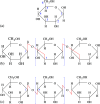


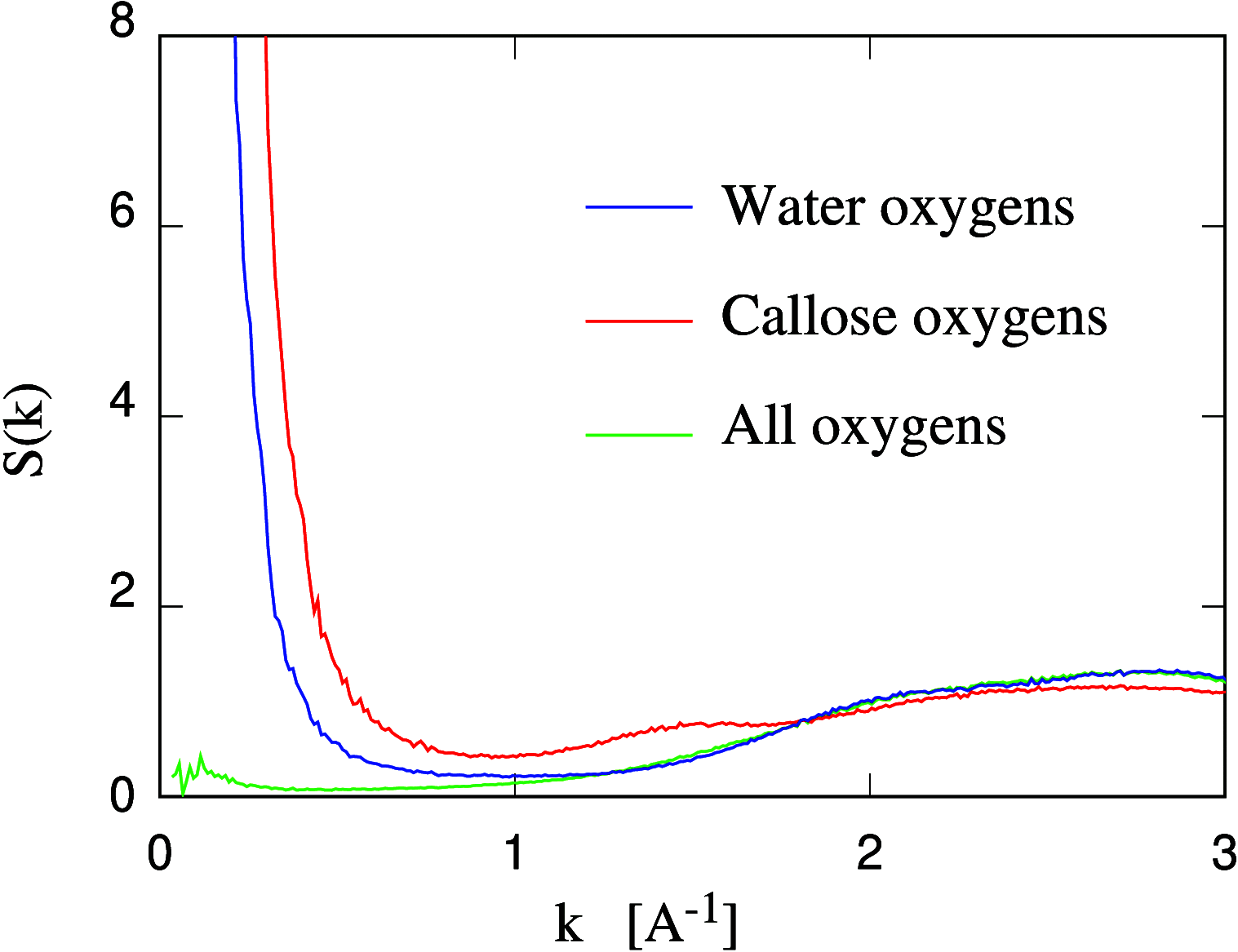

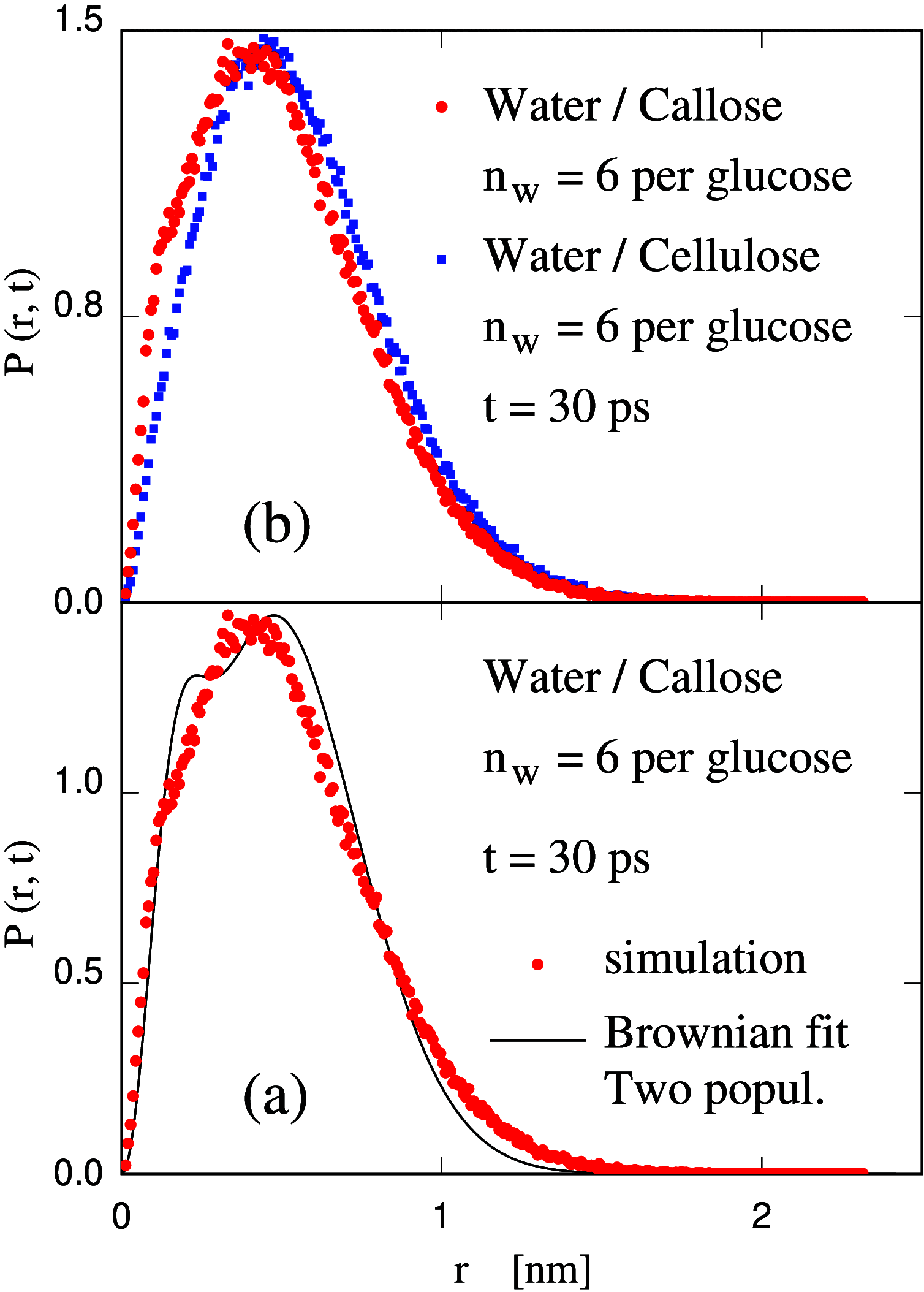

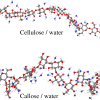
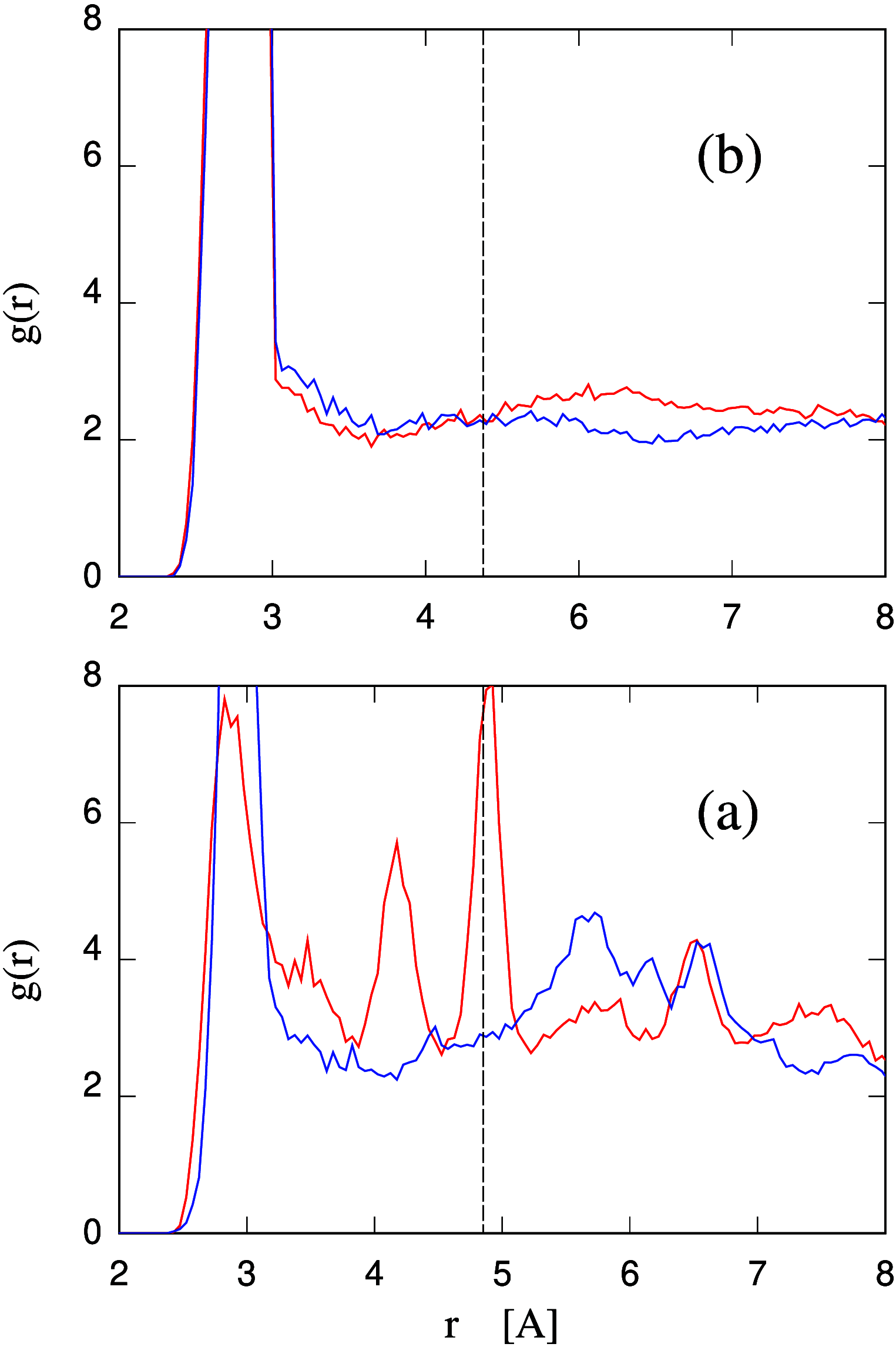

Similar articles
-
Cellulose-Callose Hydrogels: Computational Exploration of Their Nanostructure and Mechanical Properties.Biomacromolecules. 2024 Mar 11;25(3):1989-2006. doi: 10.1021/acs.biomac.3c01396. Epub 2024 Feb 27. Biomacromolecules. 2024. PMID: 38410888 Free PMC article.
-
Interactions between callose and cellulose revealed through the analysis of biopolymer mixtures.Nat Commun. 2018 Oct 31;9(1):4538. doi: 10.1038/s41467-018-06820-y. Nat Commun. 2018. PMID: 30382102 Free PMC article.
-
Nanostructural effects on polymer and water dynamics in cellulose biocomposites: (2)h and (13)c NMR relaxometry.Biomacromolecules. 2015 May 11;16(5):1506-15. doi: 10.1021/acs.biomac.5b00330. Epub 2015 Apr 17. Biomacromolecules. 2015. PMID: 25853702
-
Cellulose and callose synthesis and organization in focus, what's new?Curr Opin Plant Biol. 2016 Dec;34:9-16. doi: 10.1016/j.pbi.2016.07.007. Epub 2016 Jul 29. Curr Opin Plant Biol. 2016. PMID: 27479608 Review.
-
Cellulose: a fascinating biopolymer for hydrogel synthesis.J Mater Chem B. 2022 Mar 23;10(12):1923-1945. doi: 10.1039/d1tb02848k. J Mater Chem B. 2022. PMID: 35226030 Review.
References
-
- Saito H.; Misaki A.; Harada T. A comparison of the structure of Curdlan and pachyman. Agr. Biol. Chem. 1968, 32, 1261–1269. 10.1080/00021369.1968.10859213. - DOI
-
- de Bary A. Recherches sur le développement de quelques champignons parasites. Annales des Sciences Naturelles, Botanique 1863, 20, 5–148.
MeSH terms
Substances
LinkOut - more resources
Full Text Sources

